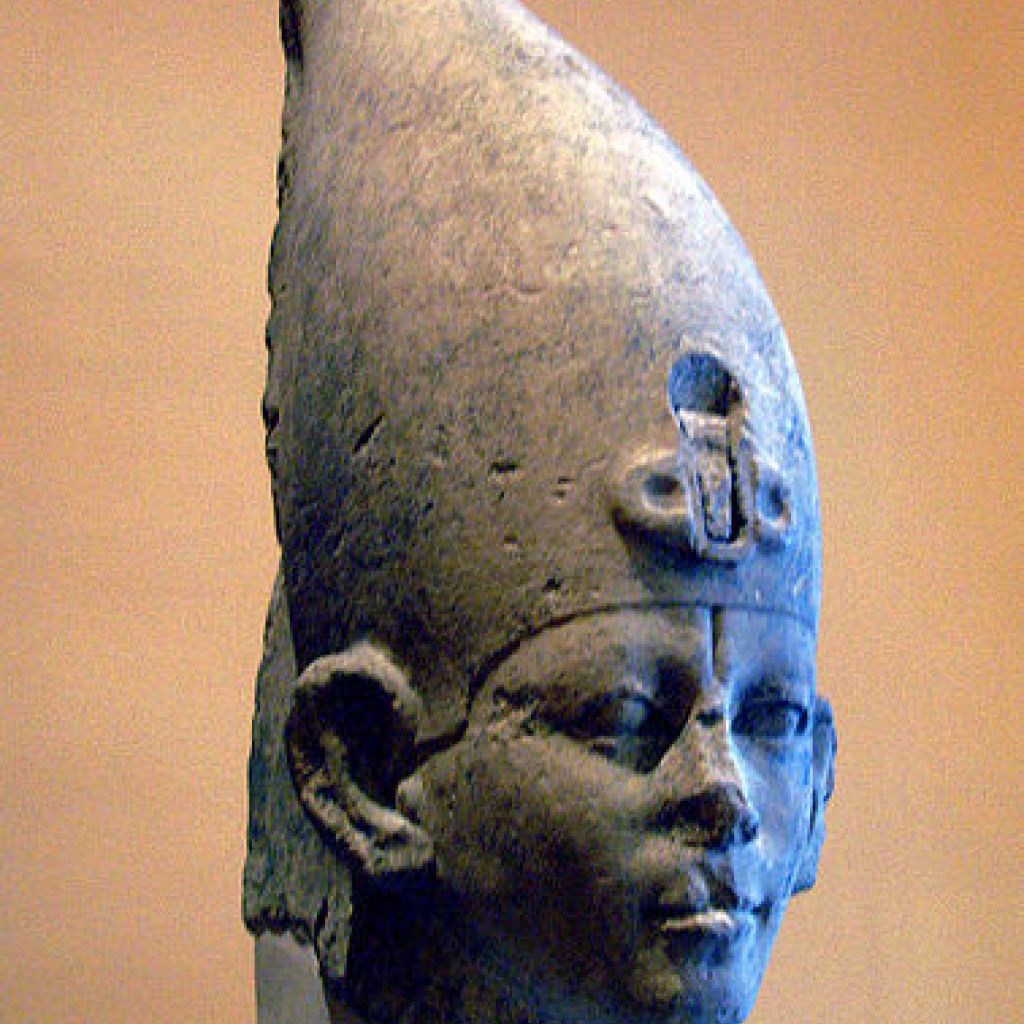Egyptian discovery identified: Tomb of Pharaoh Sobekhotep I

A team of researchers working in Egypt has identified a remarkable discovery – the 3 800-year-old tomb and sarcophagus of Pharaoh Sobekhotep I, monarch of Egypt’s 13th Dynasty that ran for approximately 154 years, from 1803BC to 1649BC.
Discovered almost a year ago at Adybos site near Sohag in Egypt, the 60-tonne quartzite sarcophagus was only identified as belonging to Pharaoh Sobekhotep I by researchers from the University of Pennsylvania and Egypt’s Antiquities Ministry in January this year, after fragments of a stele (a commemorative plaque) bearing an inscription of his name and showing him seated on a throne were found.
Along with the stele transcribed with cartouches of the king, the research team also found canopic jars, funerary objects and some gold objects belonging to him, at the site of his burial.
Although the pharaoh was originally believed to be buried under a pyramid in Abydos, only evidence of the pyramid’s substructures were found during excavations led by archaeologist Joseph Wegner in early 2013.
In January 2014, almost one year later, critical evidence pointing to the identity of the sarcophagus and tomb were uncovered.
Egypt’s State Minister of Antiquities, Mohamed Ibrahim, confirmed the identification of the sarcophagus.
Who was Pharaoh Sobekhotep I?
Sekhemre Khutawy Sobekhotep, who is also referred to as Amenemhat Sobekhotep, or Sobekhotep I, was an Egyptian pharaoh of the 13th Dynasty who reigned for at least three years (around 1800 BC).
According to Wikipedia, the king is mentioned in the Kahun papyrus IV, which was a type of census.
His tomb was discovered in Abydos in 2013 and was identified in January 2014.